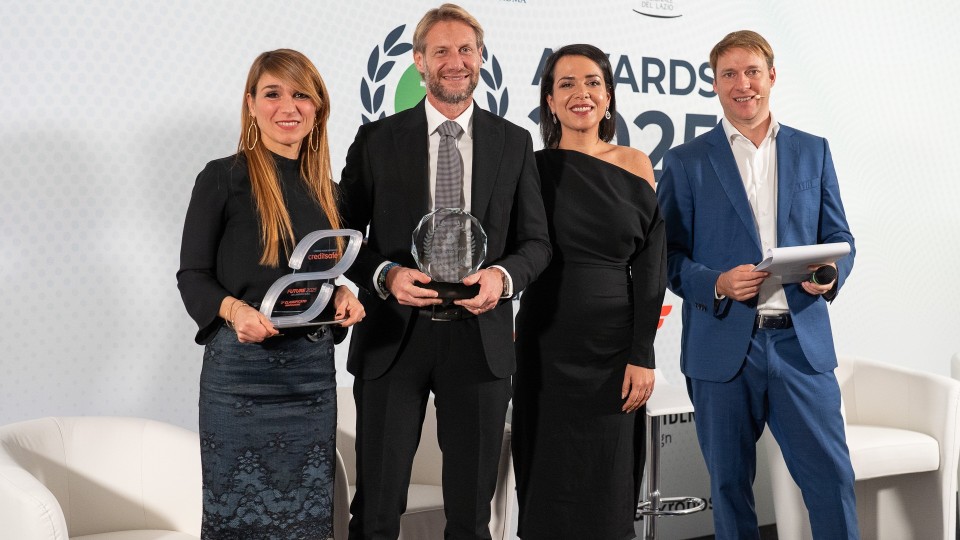Alternative Engine of The Year
Abandoning the internal combustion engine? On POWERTRAIN International, ICE, if anything, doubles down! Alternative Engine Award takes its cue from the opportunities of decarbonisation. HVO, biomethane, hybrids and H2, which is the trump card. These are the premises. Who will win the first edition?

Decarbonising is the watchword of any powered mobile application. What has become a generally monotonous mantra was originally associated with another expression: “technological neutrality”. Things, along the way, have taken a different turn. Electrification, at least within the European Union’s perimeter, and later California’s, has taken over the decision-makers’ agenda. POWERTRAIN International magazine has a mature view of the powertrain metamorphosis. Energy users who will also become producers of the energy itself, the adoption of a propulsion system under the banner of tactical considerations, even before engineering and performance (i.e. linked to the presence of an efficient infrastructure, be it natural gas or biomethane, other biofuels, electricity or hydrogen), a price delta that not only induce but also requires the rescue of public incentives.
In this scenario, we have embraced the BEV approach with conviction, but in a very secular way. Why insist on ignoring the most efficient and proven piece of technology to date? We are talking, of course, about the internal combustion engine. We do not have, nor could we have, enough HVO and biomethane to meet the needs of vehicle traction. Enough, however, to significantly reduce the carbon footprint, without triggering the food/no food spiral. Whether available in gaseous or liquefied state, gas has fuelled controversy: detractors claim that its unburnt fractions pose a threat.
Proponents emphasise the absence of nitrogen oxides and particulate matter when compared to diesel. Surely, we argue that it is a valuable and indispensable resource in the energy diet that will take us to the zero-emission goal. At present, this means an electric engine with a battery pack or fuel cell. Hydrogen also rhymes with heat engine. The ICE H2 formula is climbing the hierarchy of preferences. Again, there is no shortage of voices against it.
In the dock there is efficiency, which certainly penalises this solution. The 50% goal inaugurated by the award-winning Bosch and Weichai duo, followed in chronological order by Scania, then Caterpillar and Perkins, and so on, until this benchmark is reached, is certainly not replicable by the same identical internal combustion engine, which is suitably revised to digest hydrogen. Transformed into fuel, it retains a “grumpy” character, but enormous potential. It is stable, does not generate sludge, contains no oxygen, and inhibits bacterial growth. At the exhaust, it concedes something in terms of NOx; it is very little, compared to diesel combustion. Above all, the engine architecture is readily available and could exploit the similarities, and relative compatibility, with methane, whether bio or fossil, liquid or gaseous. This is the introductory framework.
Let us return to what we wrote at the beginning: the Alternative Engine Award is part of a holistic perspective. A concept that, when applied to an ICE, is effectively expressed in a multi-fuel unit. The versatility of the engine block, which can be adapted to the combustion of different fuels, starting with diesel, is certainly rewarding. The architecture of such an engine certainly shares the crankcase and almost all the components. The most significant changes are in the vital organs, injection and turbocharging. It must certainly lend itself to the adoption of the Otto cycle, i.e. spark ignition, for gaseous fuelling. It must be compatible with hydrogen chamber injection. In short, the ideal formula would be the following: diesel, HVO and biodiesel, CNG/LNG, H2 ICE, perhaps with the option of a back-up battery pack (PHEV/MHEV). A portrait further enhanced by a multitasking vocation: as with the conventional diesel cycle engine, declination in a plurality of applications would be, as they say in resumes, “nice to have”.
To read the full story, click here or download the pdf.







